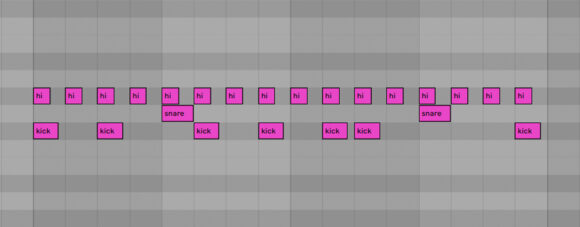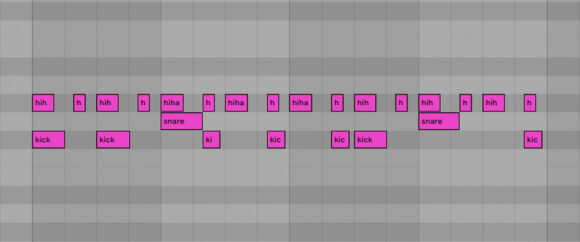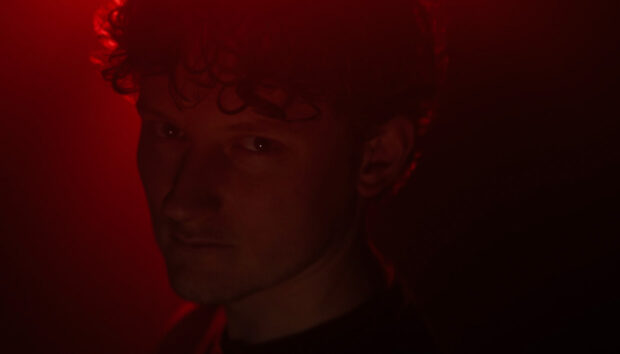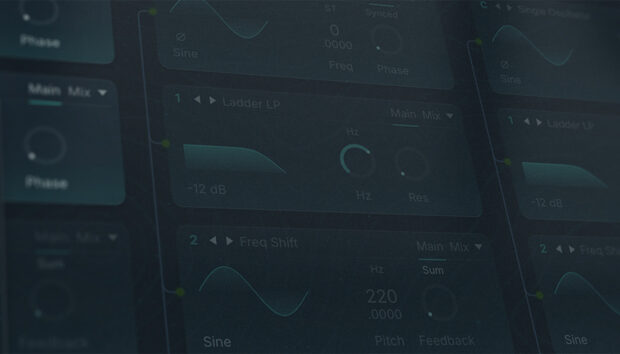
Swing can help bring your beats to life. There’s not much to it on paper: sometimes just a few milliseconds of delay. But these small deviations from the rhythmic grid can inject your beats with personality, propulsion, and humanity. In short, swing in music helps transform a beat into a groove.
All that sounds a little abstract. So what is swing in music exactly? Is it a rhythm or an attitude? In this tutorial, we’ll answer these questions in detail, giving you a solid grounding in swing. We’ll also demonstrate how to use DAW swing functionality and other tools to add groove, realism, and complexity to your productions. Once your drums start swinging, you won’t want them to stop.
Jump to these sections:
Follow along with Karriem Riggins Drums, an instrument that includes a boundless palette of high-quality drums and percussion.
What is swing in music?
Swing in music is a way of organizing rhythms to make them slightly irregular, enhancing their groove and personality. In its simplest form, swing involves delaying the second of each pair of beats in a rhythm to create a loping long-short, long-short feel. It makes rhythms less regular and, when applied well, more interesting.
Think of it as the difference between a person walking and a galloping horse. The walk is even, steady, and predictable, with the same length of time between each step. The horse’s gallop has an uneven rhythm that makes it feel dynamic and driving. Swing captures this feeling in musical form.
In the first audio example below, our beat has no swing. In the second example, we added a simple 16th note swing. Hear how every second 16th note is delayed to create that galloping feeling. It’s especially audible in the hi-hats.
Here’s how the beat looks when laid out on the piano roll – before and after swing has been applied. Notice how every second 16th note now lands slightly behind where it “should” fall for a perfectly even beat (as marked by the vertical lines).
What does swing mean in music?
Swing in music refers to a particular technique of lengthening and shortening pairs of beats, but it also describes a broader philosophy for bringing life and character to rhythms. Swing was first popularized in the US jazz music of the 1930s, and those long-short rhythms can be heard in full effect in swing classics like Duke Ellington’s “Take the ‘A’ Train.”
There was (and is) no simple formula for swing in music. Different jazz players or ensembles would swing in their own way, nudging the beat around in more or less extreme ways, and creatively straying from the grid to give their music personality and energy.
Swing is an attitude to rhythm that applies to much more than just delaying every second beat. Any music that uses subtle dequantization or rhythmic imperfection to create pleasing, propulsive grooves might be said to have swing. If it swings, you’ll feel it. In this broader sense, swing is groove. It’s the feeling that a rhythm or beat is just a little wrong – in exactly the right way.
What is swing in beat making?
In contemporary beat making, swing can describe a number of techniques used to liven up or “humanize” quantized electronic rhythms. The mechanical perfection of machines is useful in many music-making contexts, but listeners enjoy the subtle inaccuracies and idiosyncrasies of hand-played rhythms, and sometimes miss them when they’re not there. Swing in jazz is a great example of how humans can intuitively play “wrong” rhythms that sound and feel great to the listener. In modern electronic beat making, we need to use special tools and techniques to inject this swing (back) into the music.
Engineers quickly recognized the desire for swing in electronic production, and Roger Linn first introduced his “shuffle mode” with the Linn LM-1 drum machine in 1980. Linn went on to incorporate his timing innovations into the Akai MPC, a sampler beloved by beat makers in hip-hop and beyond. Pioneering producers such as J Dilla became masters of swing in beat making, using clever timing tricks to create bold grooves that swing in a unique way.
Modern tools offer many features for injecting swing into your music. Most DAWs offer swing functionality, as do hardware tools like Native Instruments’ Maschine. Software rhythm instruments, such as Karriem Riggins Drums and Session Percussionist, also offer sophisticated Swing and Humanization features. Computers make it all too easy to create lifelessly perfect music. Swing plays an important role – alongside other creative strategies like saturation – in breathing a little imperfection back into your beats.
How to use swing in music production
Swing can liven up your productions in multiple ways. Let’s take a look at a few strategies for getting those beats swinging.
1. Adding groove and character to your tracks
Here’s a beat we’ve made. It sounds good, but the rhythms are completely straight and quantized. We can apply swing to the drum layers to add groove and personality.
There are a couple of drum layers in the track. One was made using Karriem Riggins Drums, a rich toolkit of loops and hits created by jazz drummer and hip-hop producer Karriem Riggins. The other was made with Session Percussionist, a comprehensive percussion library from Native Instruments.
Both of these plugins offer swing functionality. In Karriem Riggins drums, the Swing control can be found on the Pattern panel. In Session Percussionist, it’s at the bottom right corner of the interface. We turned up the Swing on both to 50%.
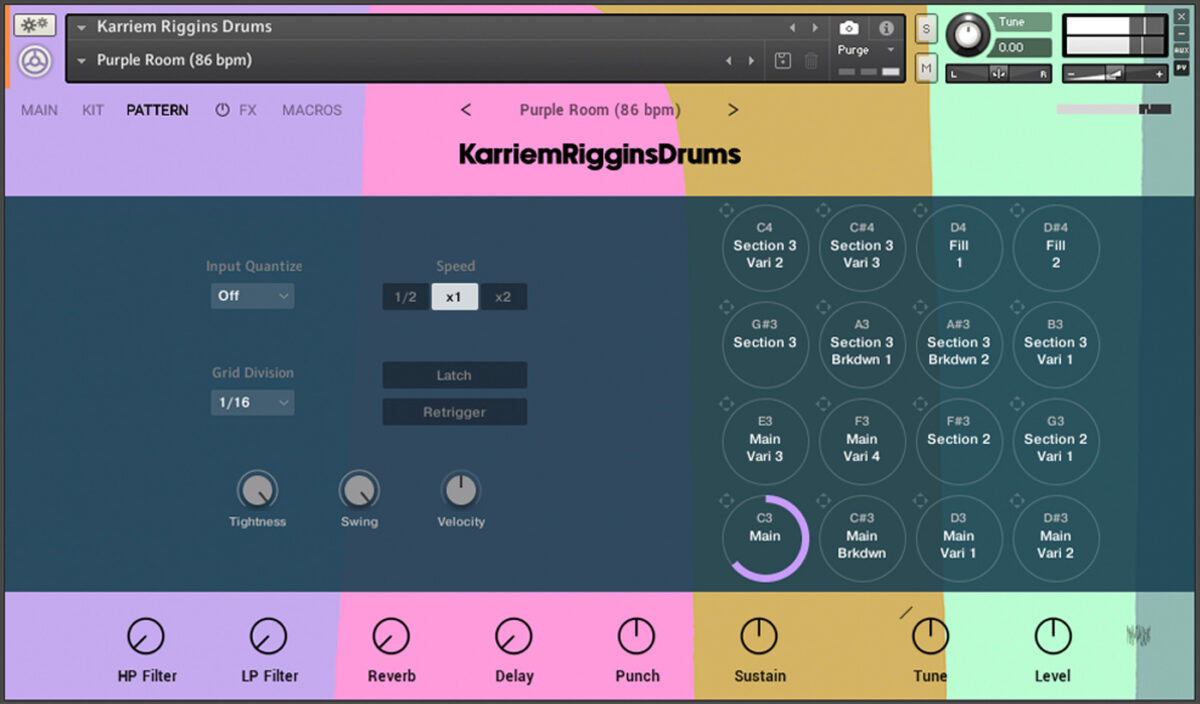
Here’s how the two layers sound before and after swing has been applied:
Now let’s add swing to our kick drum pattern. We can do this using tools inside our DAW – in this case Ableton Live. Most DAWs have similar functionality.
First we need to pick a Groove with a nice swing. To do this, navigate to Grooves in the browser window, select a Groove from the list, and add it to the Groove Pool. A 16th note swing should work well. We’ve gone for “Swing MPC 1000 16ths 57.”
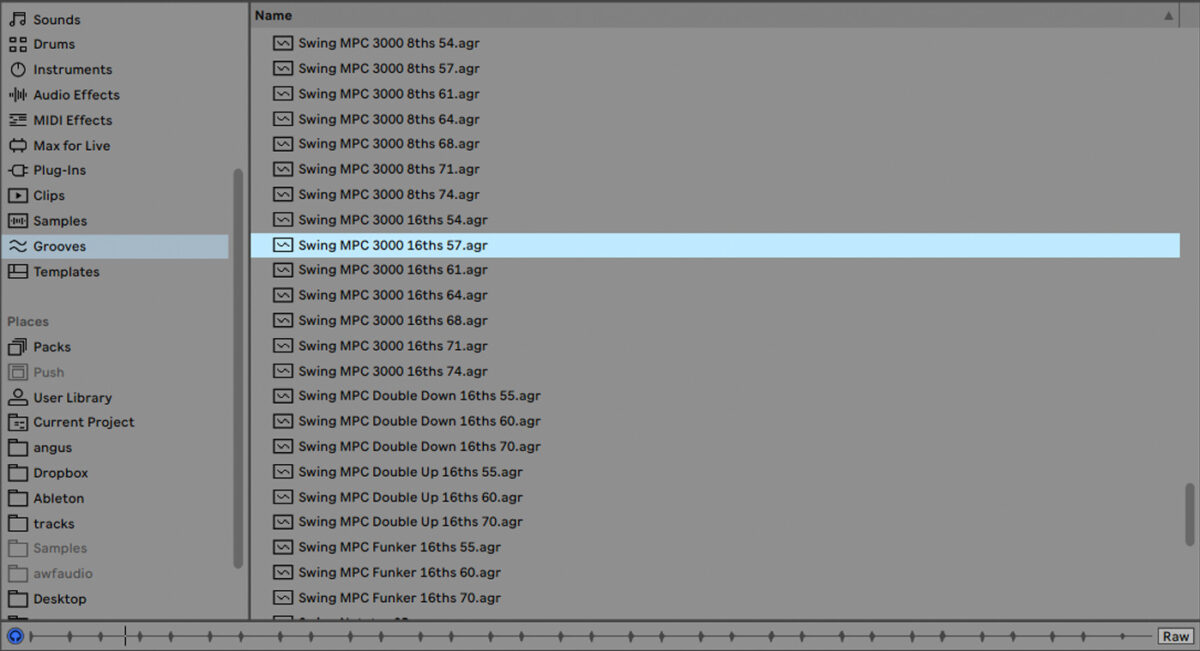
Next, we selected the MIDI for the kick drum pattern, and picked our groove from the drop-down menu at the bottom left.
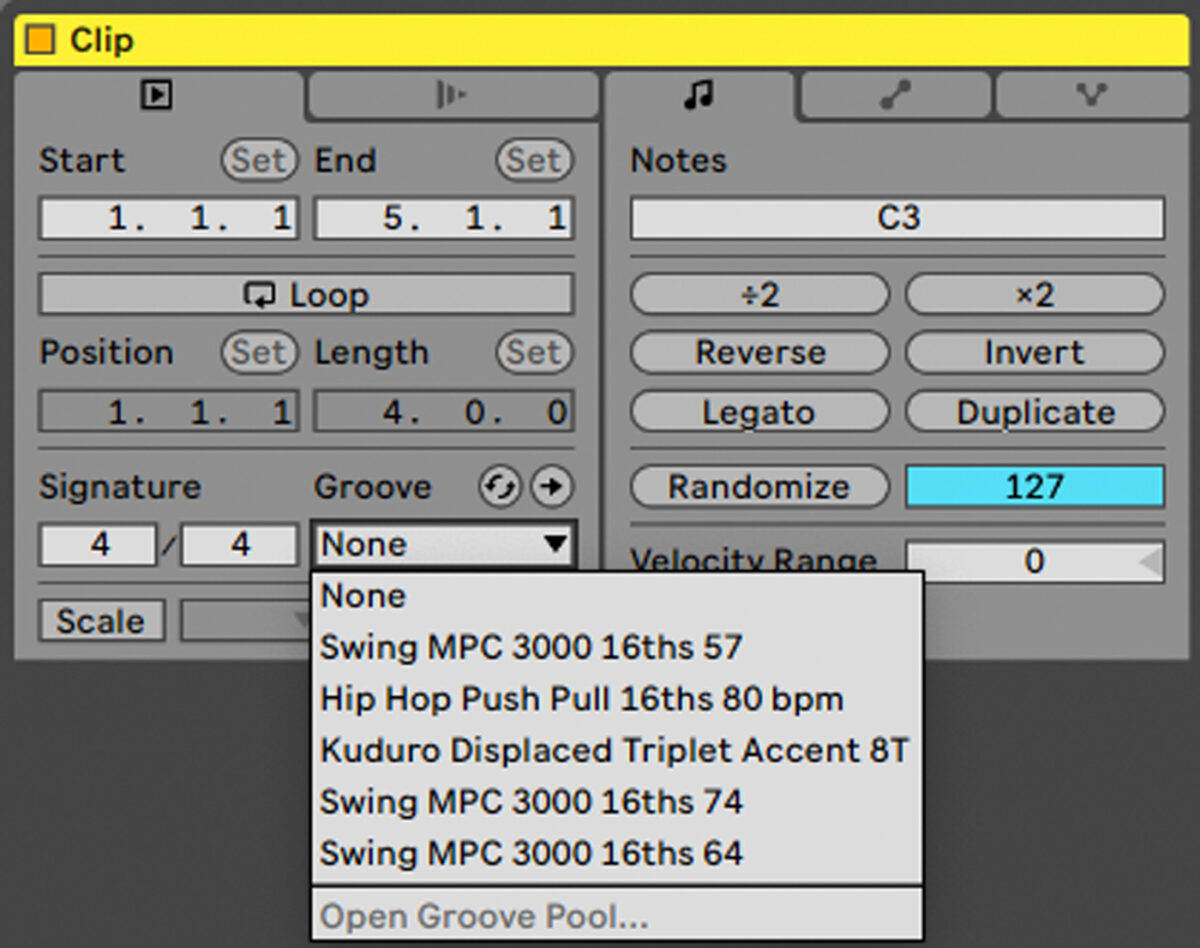
Finally, we clicked the little arrow to “commit” the groove to the MIDI clip. When you do this, you’ll notice the second of each pair of kick hits shifts a tiny bit to the right on the piano roll. Those hits are now off the grid and swinging nicely.
Here’s how the kick sounds before and after swing has been applied.
And here’s how the whole beat sounds with swing added to the drum parts.
2. Using humanization techniques to add realism
Swing is about more than just that long-short rhythmic pattern. It’s an attitude to beat making that finds the groove between the (gridded) beats. We can use humanization techniques to inject this feeling into our track.
First we looked at the Karriem Riggins drums layer. The loops provided in this library capture the natural feel of Riggins’ playing, meaning they already have tons of humanization built in. In the previous example, we removed these imperfections in order to demonstrate swing. We did this by turning up the Tightness control on the pattern pane, which quantizes the pattern more tightly to the grid. We can get some of that human feel back by simply turning down this control. In this example, we also turned Swing back down so we can hear the effects of humanization on its own.
Here’s how the part sounds with Tightness turned right down.
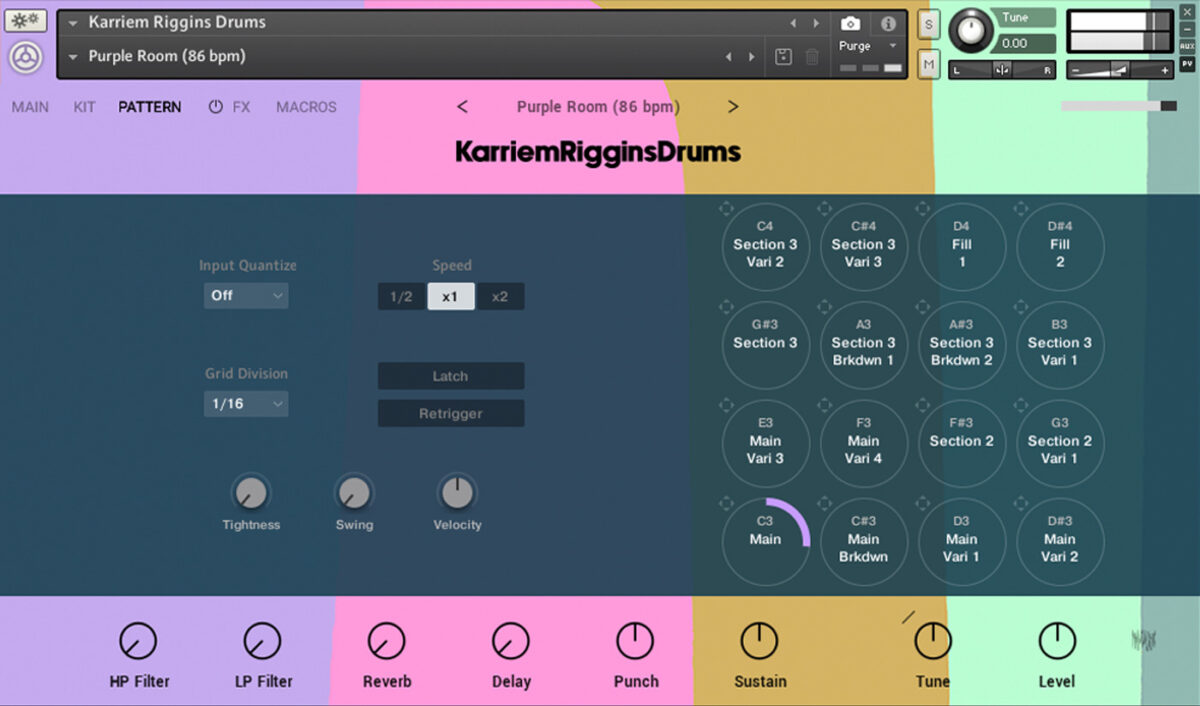
Session Percussionist features a Humanize control next to the Swing control. We turned Humanize up to 100% and Swing down to 0%. Here’s how it sounds.
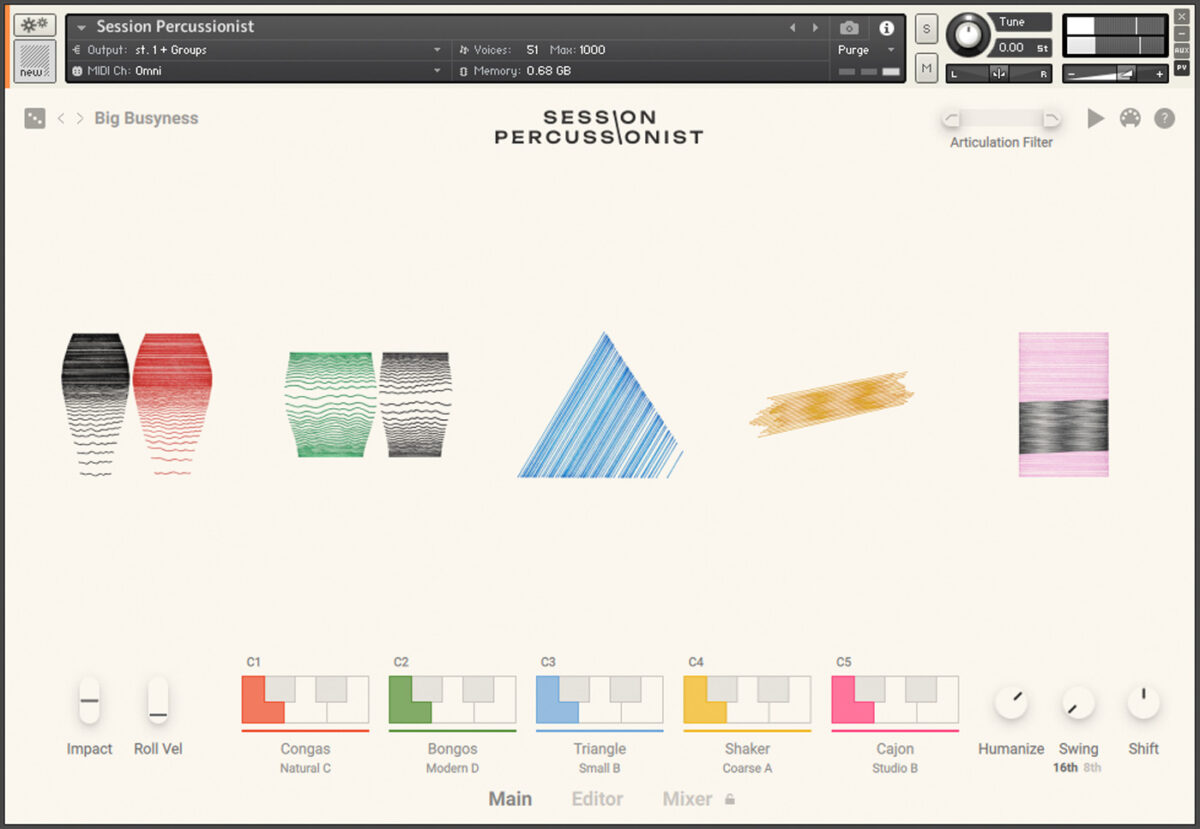
Finally, let’s add a human feel to our bass part. Here’s the part as it sounds currently. It’s perfectly quantized to the grid.
We can humanize this part by simply playing it in by hand using a MIDI controller such as a keyboard or Maschine. When doing this, don’t worry if you’re not a master performer. If the performance is too sloppy, we can use partial quantization to bring it a little closer to the grid without sucking out all the imperfections.
To do this in Ableton, we first selected the notes to be quantized, right-clicked, and opened the Quantize Settings menu. We chose 16th note quantization. The important control here is Amount. 100% quantization will snap the notes perfectly to the grid. We set Amount at around 50% to fix the worst timing mistakes without losing that human feel.
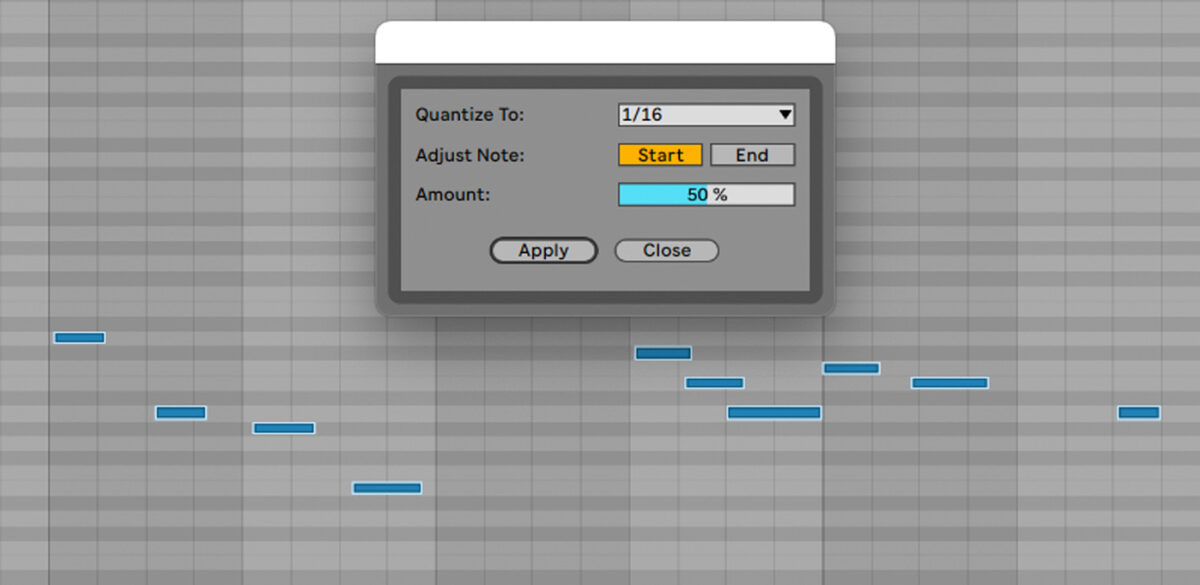
Here’s how the bass sounds once it’s been humanized.
Here’s how the whole beat sounds before and after the elements have been humanized. It’s a subtler effect than in the swing example, but there’s a pleasing push and pull to the groove once humanization is added. Those small imperfections add up to create a lifelike effect.
3. Layering swing rhythms for complex patterns
Swing gets really creative when you start combining different kinds and amounts of swing and humanization across a single track. Here’s how we applied this to our example.
First we opened our Karriem Riggins Drums layer and turned the Swing up to maximum while keeping the Tightness at zero. The result is a very sloppy, loose beat.
We kept the Session Percussionist layer a little tighter. We set Swing to 50% with Humanize at 100%.
Finally, the bass. Here we used quantization to transform the part more radically. To do this, we selected the bass notes, right-clicked, and opened Ableton Live’s Quantization Settings. This time we quantized the bass part to 1/8th note triplets (“1/8T”) instead of straight 16th notes, and set the Amount to 50%. This pushes the bass notes off the grid in unusual ways, giving the bass a stumbling feel that will heighten the track’s personality.
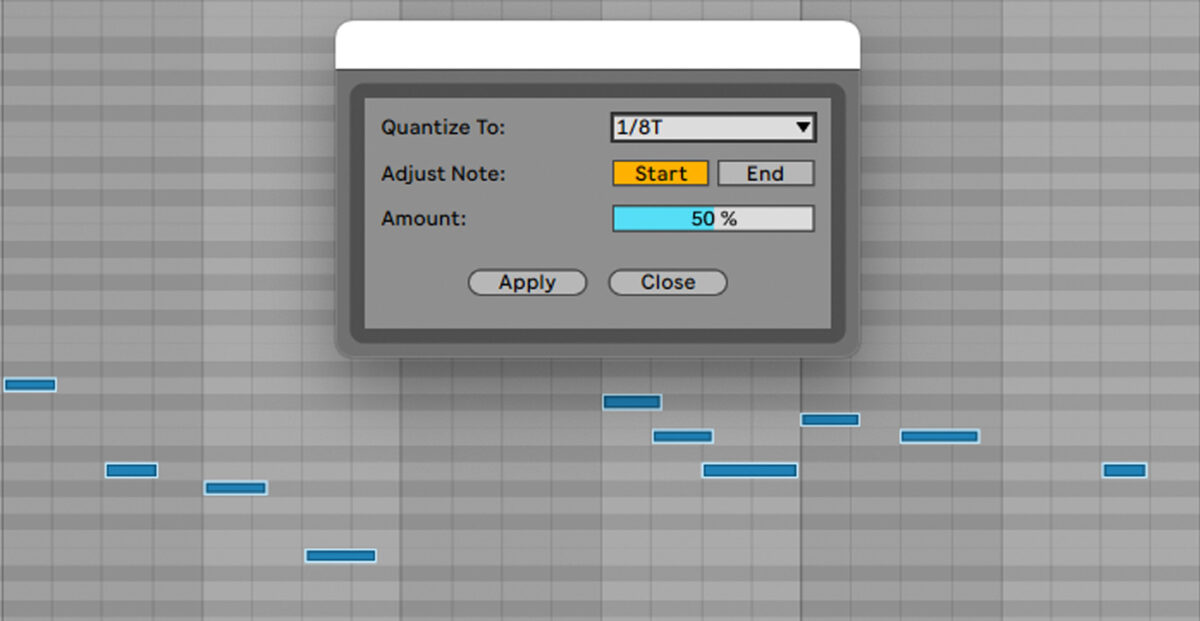
Here’s how the track sounds with multiple kinds of swing and humanization added.
Start using swing in your music
In this article, we’ve looked closely at swing in music. We learned about swing as a rhythm and swing as a creative strategy, and tracked the development of swing over the past century. Then we demonstrated how to use swing in your music to add groove, realism, and complexity. Now it’s time to start using swing in your own productions.
Karriem Riggins Drums is a rich and inspiring toolkit suffused with the natural swing of this revered hip-hop producer and jazz drummer. If you want to inject swing into your tracks, it’s a great place to start.








